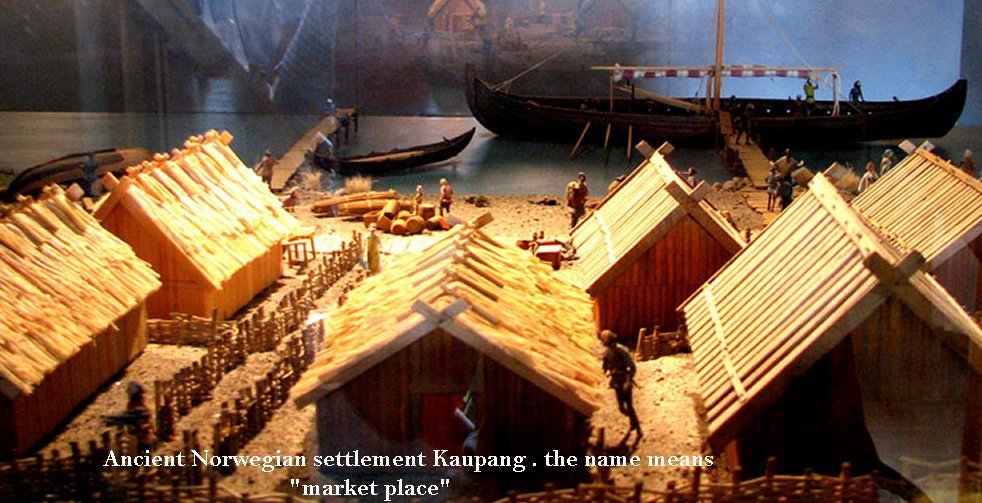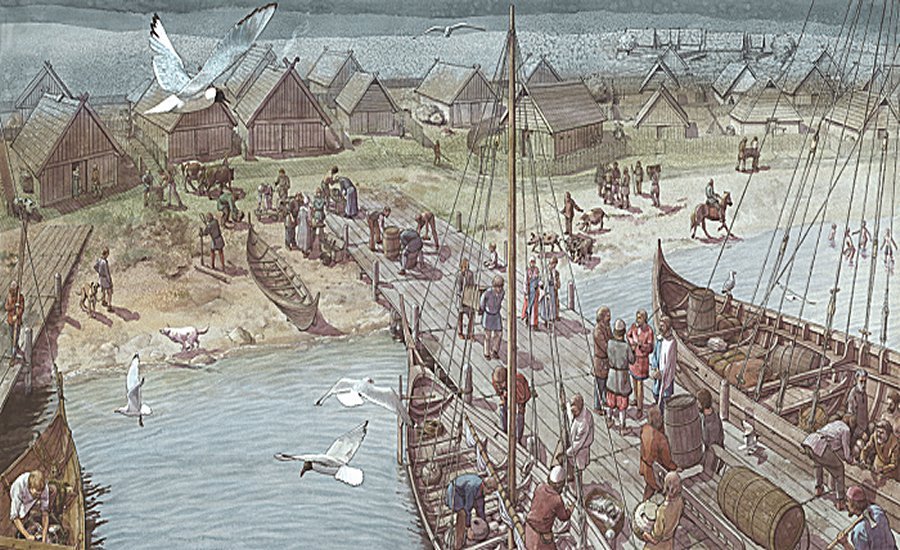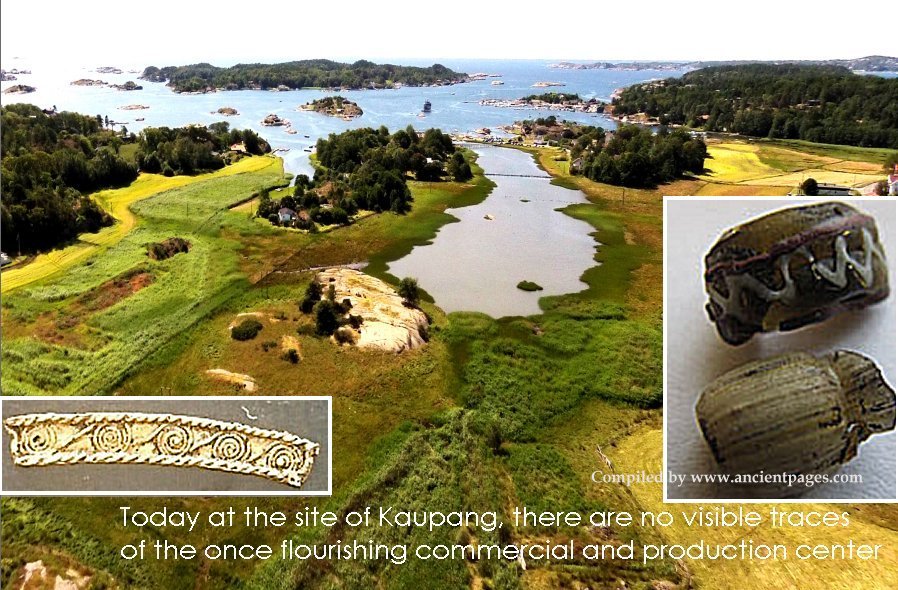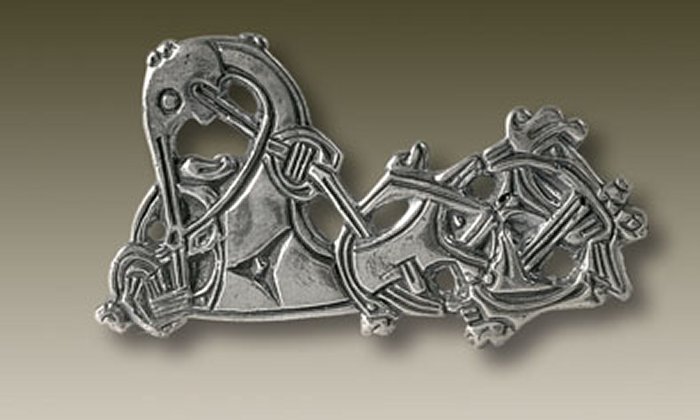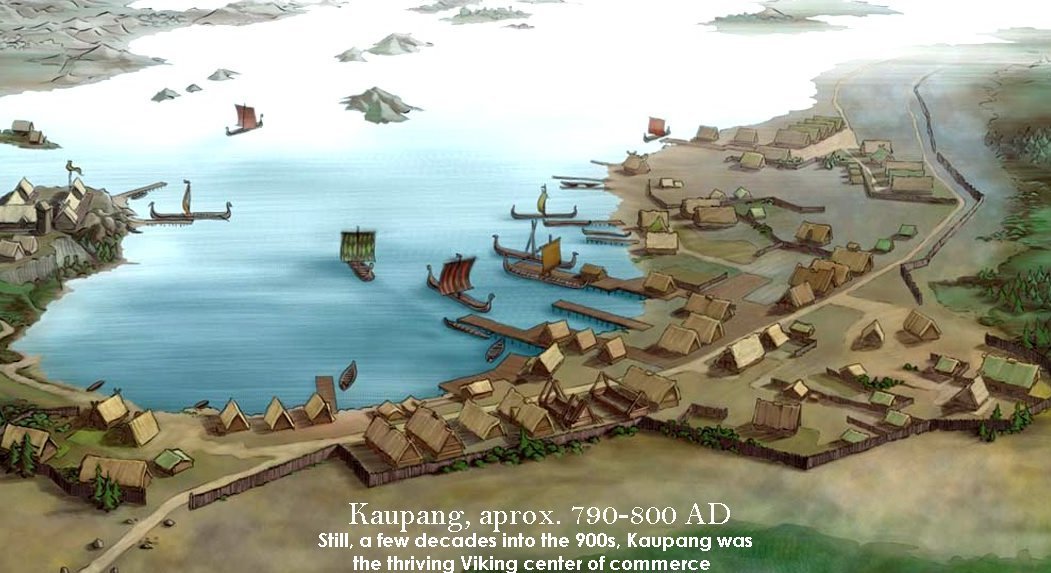Kaupang – Flourishing Viking Town – A Commercial Hub And Transit Port For North Sea Trade
A. Sutherland - AncientPages.com - Founded in the 780s, Kaupang (in Old Norse' kaupangr', 'market' or 'trading place) was Norway's important commercial and production city for Vikings and others.
Kaupang is located in Skiringssal (now known as Huseby), not far from Larvik, in county Vestfold at the mouth of the Oslofjord, in the south of Norway. Vestfold( means "West of the Fold") and Fold is the ancient name of the Oslofjord.
Kaupang Viking village – model. Image credit: vikingbyen.org
This particular region of Norway is known for its impressive archaeological sites like Oseberg, Gokstad, and Borre, all associated with the Viking period. Oseberg Ship -discovered at Oseberg, Norway, in 1904 by Knut Rom, a local farmer - is an extraordinary discovery.
Kaupang is mentioned in the Ynglinga saga (1225) by Snorri Sturluson and other early medieval sources that indicate that the area was an essential royal seat in the 8th and 9th centuries. The center - probably a seasonal but important market - flourished during the more significant part of the 9th century. It was a place of trade and cultural contact with foreigners and traders from all over Norway who came to buy and sell.
Although it was not as effective as its two Nordic "sister cities," Birka in Sweden and Hedeby in southern Jutland (now Schleswig, Germany), Kaupang was a well-known and highly effective hub for trade and production, a few decades into the 900s.
Archaeological Finds From Kaupang
"In the 8th century, there was only one town in Norway that could, with some right, be called a city. It was on a beach by the Viksfjorden in Larvik municipality in Vestfold, where the farm Kaupang is today.
Credits: Flemming Bau, 2004 - Historisk Museum
It was founded at the same time as the first Viking attacks on the British Isles and the continent. In its day, the place was probably called the shopping center in Skiringssal. In this tiny town, there were perhaps 400-600 souls, and their urban life in Norway got its early start some 1,200 years ago..." 1
As we see, at that time, not many people inhabited Kaupang, considered the first Norwegian city that functioned as a trade hub, transit port, and prosperous production center, where craftsmen produced large quantities of pins, bracelets, and harnesses for horses, both for wealthy customers and ordinary “folk flest” (the masses). They manufactured and traded goods of domestic and foreign goods.
Excavations carried out by a Norwegian archaeologist, Charlotte Blindheim (1917 - 2005), uncovered a wealthy graveyard, a complex of houses and workshops for metalworking with iron, bronze, and silver, where skilled artisans and smiths produced exquisite pieces of jewelry, ornaments and other metal goods of high quality.
Viking jewelry was beautiful and made by skilled craftsmen. A large-scale jewelry production in the Viking town of Kaupang developed about 1,150 years ago.
Weaving weights and spinning wheels were found at Kaupang's other workshops, indicating an extensive production of thread and textiles.
Artifacts (until today, about 100,000 finds) also include weapons from France, small pieces of amber from Birka and the Baltic Sea coast with cut marks, half-finished amber beads, and colorful glass beads from the Middle East and the Mediterranean, as well as Frankish beakers of glass and ceramic tubs from the Rhine districts of Germany.
Later excavations at the Kaupang site also revealed many Russian, Frankish, and Arabic (Cufic) silver coins and one bronze coin of great value, dating to the Roman period.
However, the production of vessels made of soapstone was the central part of Kaupang's export to Jutland and Hedeby.
This Oseberg-style brooch, dates to circa 900AD and related to finds revealed in the excavations at Kaupang. Image credit: Kulturhistorisk Museum/University of Oslo
Why Was Kaupang Trade Center Abandoned So Quickly?
In the late 9th century, the activity at Kaupang ceased rather quickly. The last funerals took place at Kaupang, and according to ancient sources, the site was abandoned for unknown reasons and changed into a ghost town in the early 10th century.
Towards the end of the Middle Ages, most of Kaupang's area was turned into cultivated land.
Several reasons have been suggested to explain Kaupang's decline. According to one theory, Kaupang was located in Vestfold County under Danish rule at that time. The establishment of Kaupang would have resulted from a Danish initiative around the year 800.
There are indications that the Danish hegemony weakened during the first half of the 10th century, and as a result, Kaupang began to decline gradually.
Later, when the Danish dominance under King Harald Bluetooth again gained ground there, the Danes probably wanted to establish another or several trade centers. Still, this time, they decided to choose other geographical locations and not Kaupang.
Updated on October 16, 2023
Written by A. Sutherland – AncientPages.com Staff Writer
Copyright © AncientPages.com. All rights reserved. This material may not be published, broadcast, rewritten or redistributed in whole or part without the express written permission of AncientPages.com
Expand for referencesHansen G. Everyday Products in the Middle Ages
Herbert Jankuhn., Trade and Settlement in Central and Northern Europe up to and during the Viking Period
T Douglas Price, An Archaeological History from the First Humans to the Vikings
More From Ancient Pages
-
 Abydos: One Of The Most Important Cities Of Ancient Egypt
Civilizations | Jul 15, 2016
Abydos: One Of The Most Important Cities Of Ancient Egypt
Civilizations | Jul 15, 2016 -
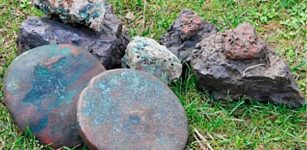 Ancient Disc-Shaped Copper Ingots Found In Shipwreck At Bulgaria’s Sea Coast
Archaeology | Apr 28, 2020
Ancient Disc-Shaped Copper Ingots Found In Shipwreck At Bulgaria’s Sea Coast
Archaeology | Apr 28, 2020 -
 Was The Legendary Tree Of Life Located In The Grove Of Eridu?
Featured Stories | May 19, 2016
Was The Legendary Tree Of Life Located In The Grove Of Eridu?
Featured Stories | May 19, 2016 -
 Could Aztec Innovative ‘Chinampas’ – ‘Floating Islands’ Help Modern Farmers?
Archaeology | Nov 4, 2019
Could Aztec Innovative ‘Chinampas’ – ‘Floating Islands’ Help Modern Farmers?
Archaeology | Nov 4, 2019 -
 Tomb Of God Thoth’s High Priest Discovered In Ancient Egyptian Necropolis
Archaeology | Feb 27, 2018
Tomb Of God Thoth’s High Priest Discovered In Ancient Egyptian Necropolis
Archaeology | Feb 27, 2018 -
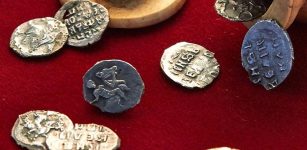 Silver Coins Hidden In Chess Figure Date Back To Ivan The Terrible’s Days – Discovery In Moscow
Archaeology | May 13, 2017
Silver Coins Hidden In Chess Figure Date Back To Ivan The Terrible’s Days – Discovery In Moscow
Archaeology | May 13, 2017 -
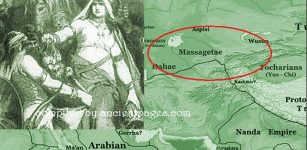 Massagetae Tribe And Its Queen Tomyris Whose Victory Over Cyrus The Great Became A Legend
Civilizations | Nov 18, 2019
Massagetae Tribe And Its Queen Tomyris Whose Victory Over Cyrus The Great Became A Legend
Civilizations | Nov 18, 2019 -
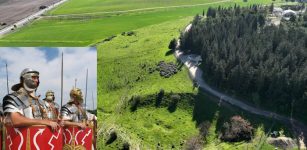 First Roman Military Amphitheater Unearthed Near Megiddo
Archaeology | Jun 1, 2022
First Roman Military Amphitheater Unearthed Near Megiddo
Archaeology | Jun 1, 2022 -
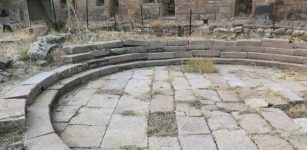 Meat And Fish Market Uncovered In Ancient City Of Aigai, Turkey
Archaeology | Nov 3, 2018
Meat And Fish Market Uncovered In Ancient City Of Aigai, Turkey
Archaeology | Nov 3, 2018 -
 Treasures From Ancient City Of Hippos-Sussita Displayed In Exhibition For The First Time
Archaeology | Jan 3, 2018
Treasures From Ancient City Of Hippos-Sussita Displayed In Exhibition For The First Time
Archaeology | Jan 3, 2018 -
 World’s Largest Complex Of Borobudur – Spectacular Buddhist Masterpiece
Civilizations | May 3, 2016
World’s Largest Complex Of Borobudur – Spectacular Buddhist Masterpiece
Civilizations | May 3, 2016 -
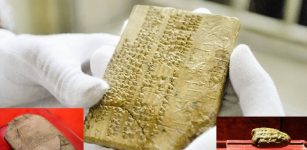 Priceless Cuneiform Clay Tablets Of The Achaemenid Empire On Display At Qazvin Museum
Artifacts | Jul 24, 2020
Priceless Cuneiform Clay Tablets Of The Achaemenid Empire On Display At Qazvin Museum
Artifacts | Jul 24, 2020 -
 John Hawkwood ‘John Sharp’: Feared, English Mercenary And His White Company In 14th Century Italy
Featured Stories | Jun 20, 2020
John Hawkwood ‘John Sharp’: Feared, English Mercenary And His White Company In 14th Century Italy
Featured Stories | Jun 20, 2020 -
 Trung Sisters Of Vietnam: National Heroines That Stood Against Cruel Chinese Occupation Of Their Country
Featured Stories | Apr 29, 2019
Trung Sisters Of Vietnam: National Heroines That Stood Against Cruel Chinese Occupation Of Their Country
Featured Stories | Apr 29, 2019 -
 Babylonians And Sumerians Had Advanced Knowledge Of Astronomy
Civilizations | Feb 28, 2017
Babylonians And Sumerians Had Advanced Knowledge Of Astronomy
Civilizations | Feb 28, 2017 -
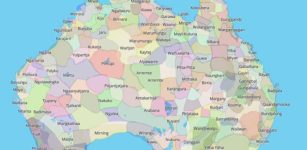 Find Out Which Indigenous Lands You Live On With This Interactive Map Covering The Whole World
News | Jan 17, 2023
Find Out Which Indigenous Lands You Live On With This Interactive Map Covering The Whole World
News | Jan 17, 2023 -
 Mystery Of The Gotland Grooves – Ancient Astronomical Observatory?
Civilizations | May 11, 2016
Mystery Of The Gotland Grooves – Ancient Astronomical Observatory?
Civilizations | May 11, 2016 -
 I Ching – The Book of Changes – World’s Oldest Book Of Wisdom Used To Predict Future Events
Featured Stories | Sep 12, 2018
I Ching – The Book of Changes – World’s Oldest Book Of Wisdom Used To Predict Future Events
Featured Stories | Sep 12, 2018 -
 11th-Century Pratihara-Era Temple Accidentally Found By A Farmer In Uttar Pradesh, India
Archaeology | Aug 6, 2020
11th-Century Pratihara-Era Temple Accidentally Found By A Farmer In Uttar Pradesh, India
Archaeology | Aug 6, 2020 -
 Ominous Black Layer – A Geological Anomaly Or Scientific Evidence Of A Great Ancient Cosmic Catastrophe?
Featured Stories | Jan 29, 2019
Ominous Black Layer – A Geological Anomaly Or Scientific Evidence Of A Great Ancient Cosmic Catastrophe?
Featured Stories | Jan 29, 2019

